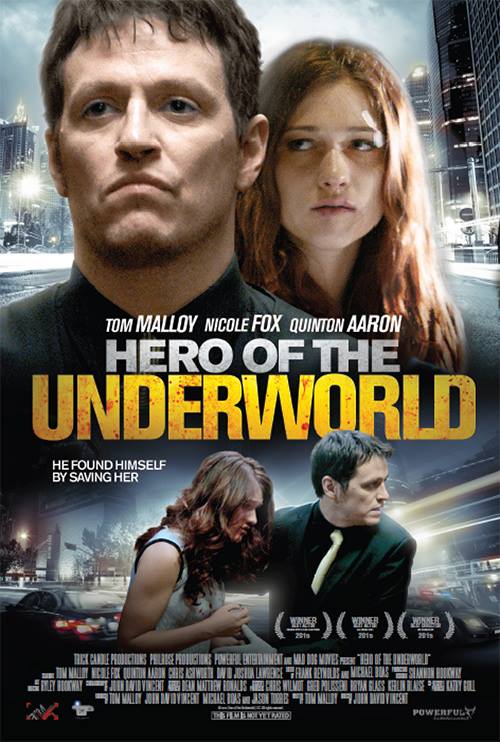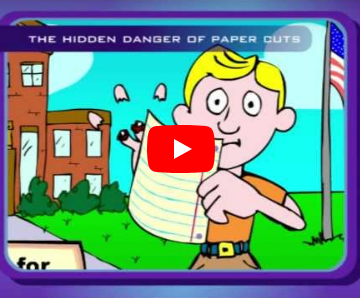At Animatus this week, I’ll be testing out the workflow for production on a high definition cartoon. We don’t have an HD camera or VCR, so we’ll be working in conjunction with another production house for the final product. The trick is, at some point I’ll want to down-res it for standard television specs, too. I’m looking for advice from anyone who’s tried something similar.
1) I start in my animation program, working at a 1920 pixels by 1080 pixels. I output each shot as a series of PNG’s, which have lossless compression.
2) I import those PNGs to After Effects, where I apply blur effects (only if necessary to guard against moire problems). I export as AVI at the proper framerate for HD (unless I can import image sequences into Premiere, then I’ll do PNGs again).
3) I set up an Adobe Premiere Pro 2.0 project for HD specs (I’ll have to look at my choices. I assume I want 1920 x 1080, but is it 30fps or 29.97 fps?)
4) I do all my video and audio editing.
5) When it comes to exporting, I may be able to render out sequential PNGs again to keep file sizes down. I then deliver those images on data DVDs (or a hard drive) to the production house with the HD decks.
6) To make a standard definition version, I’m not sure what to do. I could take my rendered sequentials back into After Effects and shrink them into a 640 x 480 comp & render out a new AVI. Or do something variation of that using Premiere. The end result should have black bars for letterbox at the top and bottom.
Thoughts?
UPDATE! ANIMATION PIPELINE VERSION 2
(See below)
I had a long talk with our HD post people yesterday to nail down some of my questions. They work almost exclusively in 720p, so that’s the format we’ll go with. One thing I didn’t quite understand was the rectangular/square pixel issue, but the tests we did showed that if I stayed in 1280 x 720 square the whole way through, that would work for them.
Here’s the pipeline I’ll be using.
(1a) Create animation for some scenes in Flash at 30fps. Export sequential PNGs. (Exporting Quicktime won’t work. Exporting AVI might be problematic, but I should do a test of this.)
(1b) Create animation for other scenes in Toonboom at 30fps. Export sequential PNGs. (I might be able to export Quicktime 59.94 or 29.97 with Animation codec set to best, if I wanted to skip the next step.)
(2) Run sequential PNGs through After Effects. Apply blur if necessary to fix any jitter problems. Render out scenes as Quicktime with Animation codec set to best, 59.94 or 29.97 fps (still not sure), square pixels.
(3) Edit project (Quicktimes and audio files) in Premiere Pro 2.0. Project settings are Adobe HD-SDI 720p 60. (They call it 60, but it’s really 59.94 frames per second.) Make sure it’s drop-frame.
(4) When ready to go to tape, export an HD Quicktime oner from Premiere with the DV/DVC Pro NTSC codec, square pixels. This will allow our post house to play the file without re-rendering.
(5) For standard definition, either render out a 4:3 oner with letterbox (is this possible?) or somehow convert the HD quicktime oner to SD. Still to be determined.
—
I’m still working on a couple things. My premiere project is definitely 720p 60 (59.94 drop-frame). So what fps should I use render the Quicktime elements that I’ll be importing to premiere?
So here’s the weirdness. My 30fps test composition in AE is 8 seconds, 27 frames long. I render out a 29.97 Quicktime, bring it into my Premiere project, and it’s 8:56. That tracks okay, 27 doubled is 54, which is close to 56.
But when I render out a 59.94 Quicktime and import to Premiere, the time is way off. The length is 7:50. That’s over a second shorter, so the animation is running too fast.
I don’t know what’s going on there.







